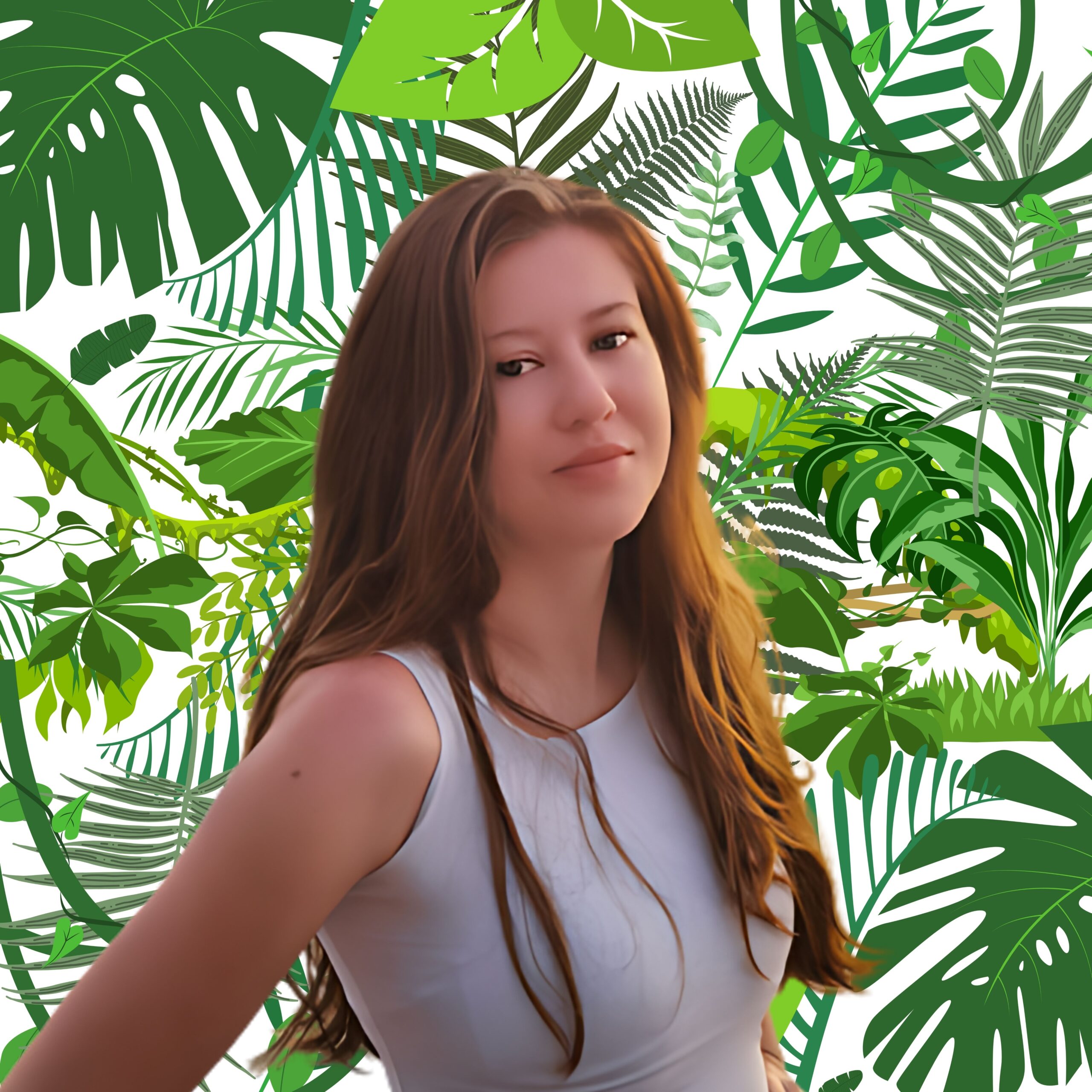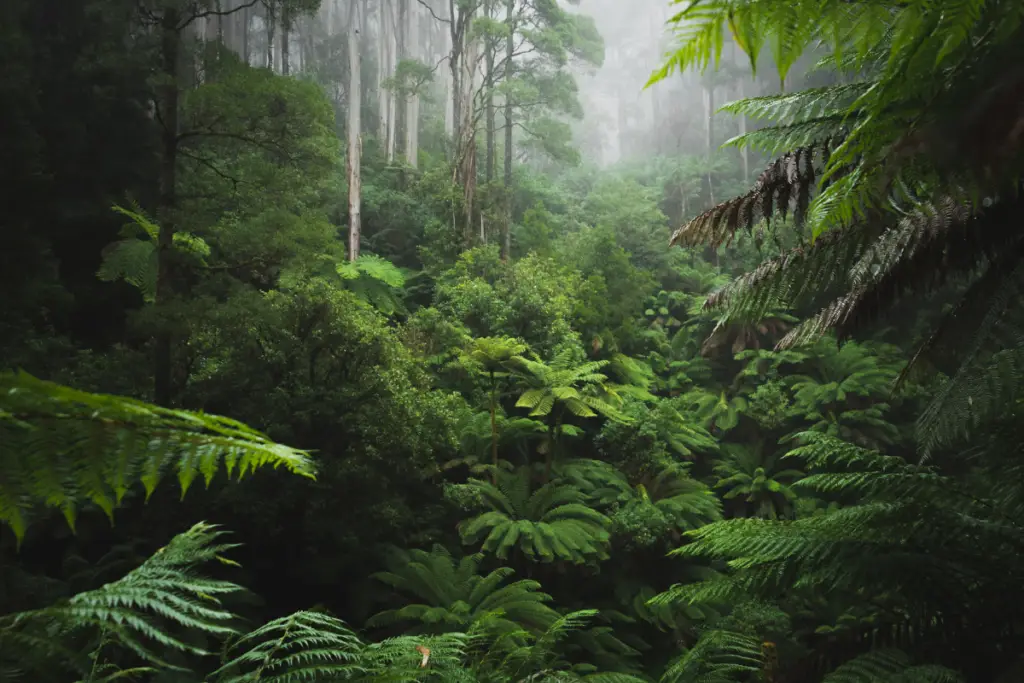Tropical rainforests are located in equatorial regions and certainly are the most biodiverse terrestrial biome. This biodiversity is under enormous threat from logging and deforestation for agriculture.
Rainforests are also known as nature’s pharmacy because of the potential for new medicines, much of which is hidden in the chemicals produced by the wide variety of plants, animals, and other organisms.
The vegetation is defined by plants with spreading roots and broad leaves that fall off during the whole year, unlike the trees of deciduous forests that lose their leaves in one season.
The temperature and sunlight profiles of tropical rainforests are constant compared to other terrestrial biomes, with average temperatures ranging from 20 °C to 34 °C (68 °F to 93 °F). In tropical rainforests, temperatures are relatively stable from month to month, unlike in forests further from the equator.
This lack of seasonal temperature results in year-round plant growth rather than just seasonal growth. Compared to other ecosystems, the long daily amount of sunlight (11 to 12 hours per day throughout the year) provides more insolation and thus more opportunities for primary productivity. Annual rainfall in tropical rainforests ranges from 125 to 660 cm (50 to 200 inches) with significant seasonal variation. Rainforests have wet months, when rainfall can exceed 30 cm, and dry months, when rainfall is less than 10 cm.
However, the driest month of tropical rainforest can still override the annual rainfall of some other biomes, such as deserts. Tropical rainforests have high net primary productivity because the annual temperatures and precipitation values provide rapid plant growth. However, the high amounts of rainfall wash out nutrients from the soils of these forests.
Tropical rainforests are defined by a vertical vegetation layer and the formation of distinct habitats for animals within each layer. There is a sparse layer of vegetation and decaying plant matter on the forest floor. Above is an undergrowth of short, bushy leaves. Rising above this undergrowth is a layer of trees topped by a closed upper canopy: the top layer of branches and leaves. A few additional trees are revealed through this closed upper canopy.
These layers provide diverse and complex habitats for a wide variety of plants, animals, and other organisms. Many animal species use the plant diversity and complex structure of tropical rainforests for food and shelter. Some organisms live several meters above the ground and rarely descend to the forest floor.
Dominant plants: ferns; broad-leaved evergreen trees; large woody vines and climbing plants; bromeliads and orchids.
Dominant wildlife: herbivores such as tapirs, sloths, and capybaras; predators such as jaguars; anteaters; monkeys; birds such as parrots, toucans, and parakeets; insects such as butterflies, ants, and beetles; piranhas and other freshwater fishes; reptiles such as frogs, boa constrictors, caymans and anacondas.

Erzsebet Frey (Eli Frey) is an ecologist and online entrepreneur with a Master of Science in Ecology from the University of Belgrade. Originally from Serbia, she has lived in Sri Lanka since 2017. Eli has worked internationally in countries like Oman, Brazil, Germany, and Sri Lanka. In 2018, she expanded into SEO and blogging, completing courses from UC Davis and Edinburgh. Eli has founded multiple websites focused on biology, ecology, environmental science, sustainable and simple living, and outdoor activities. She enjoys creating nature and simple living videos on YouTube and participates in speleology, diving, and hiking.

